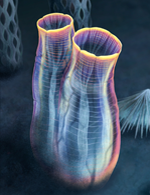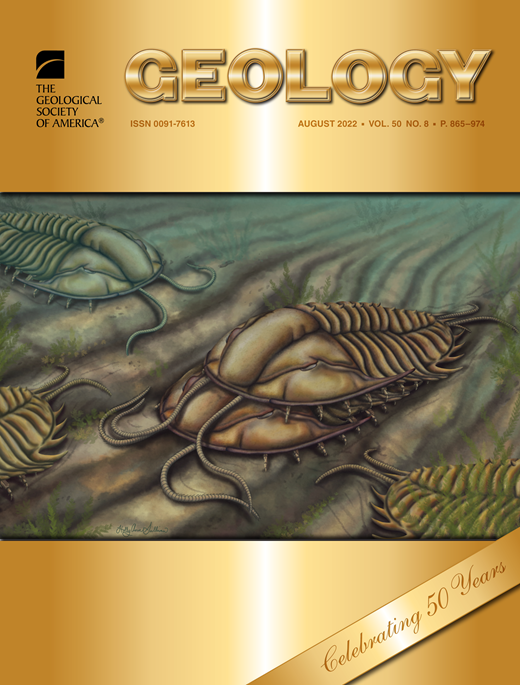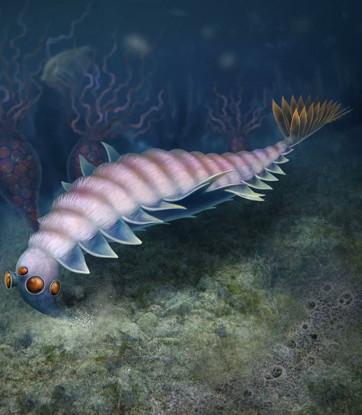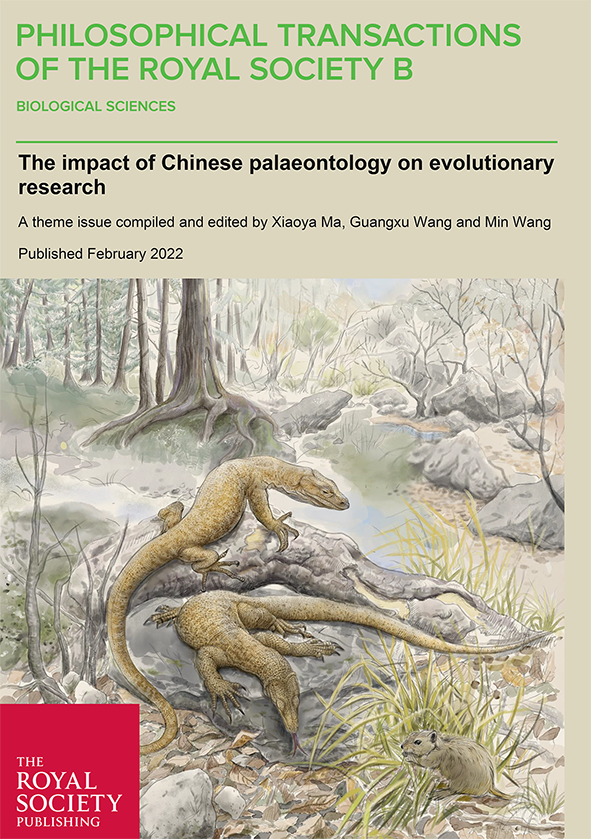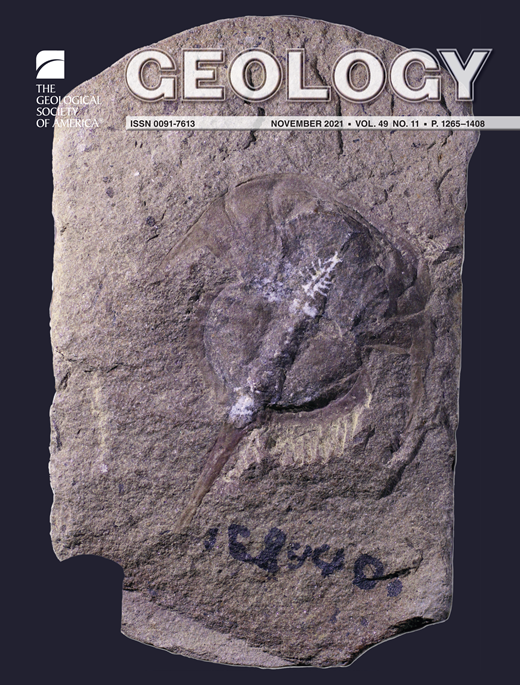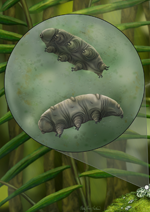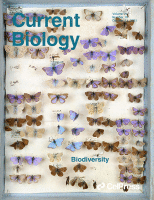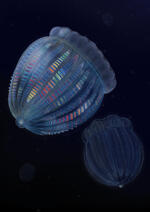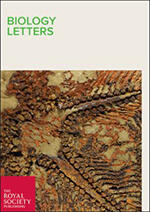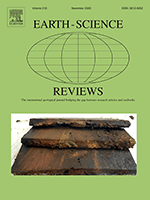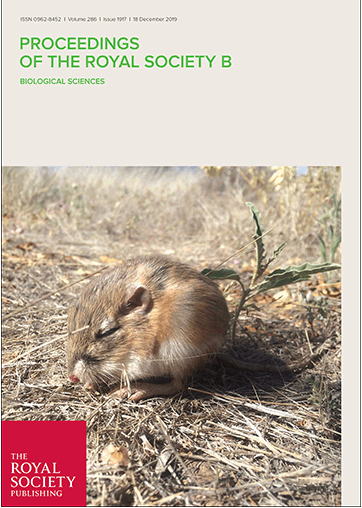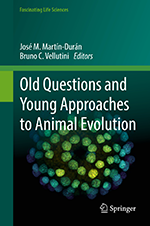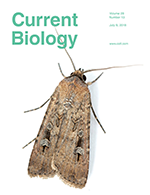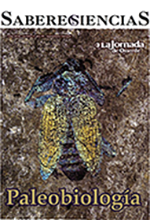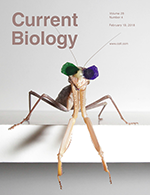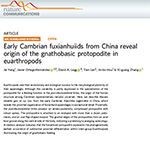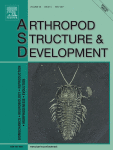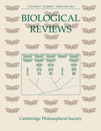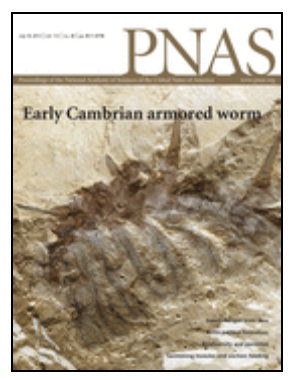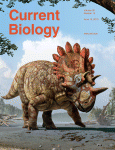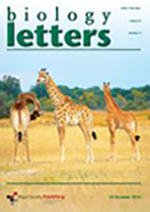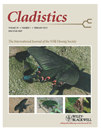Citation:
J. Yang, J. Ortega-Hernandez, T. Lan, J. B. Hou, and X. G. Zhang. 2016. “A predatory bivalved euarthropod from the Cambrian (Stage 3) Xiaoshiba Lagerstatte, South China.” Scientific Reports, 6, Pp. 27709.
Abstract:
Bivalved euarthropods represent a conspicuous component of exceptionally-preserved fossil biotas throughout the Lower Palaeozoic. However, most of these taxa are known from isolated valves, and thus there is a limited understanding of their morphological organization and palaeoecology in the context of early animal-dominated communities. The bivalved euarthropod Clypecaris serrata sp. nov., recovered from the Cambrian (Stage 3) Hongjingshao Formation in Kunming, southern China, is characterized by having a robust first pair of raptorial appendages that bear well-developed ventral-facing spines, paired dorsal spines on the trunk, and posteriorly oriented serrations on the anteroventral margins of both valves. The raptorial limbs of C. serrata were adapted for grasping prey employing a descending stroke for transporting it close the mouth, whereas the backwards-facing marginal serrations of the bivalved carapace may have helped to secure the food items during feeding. The new taxon offers novel insights on the morphology of the enigmatic genus Clypecaris, and indicates that the possession of paired dorsal spines is a diagnostic trait of the Family Clypecarididae within upper stem-group Euarthropoda. C. serrata evinces functional adaptations for an active predatory lifestyle within the context of Cambrian bivalved euarthropods, and contributes towards the better understanding of feeding diversity in early ecosystems.Notes:
Yang, Jie, Ortega-Hernandez, Javier, Lan, Tian, Hou, Jin-Bo, Zhang, Xi-Guang eng England2016/06/11 06:00Sci Rep. 2016 Jun 10;6:27709. doi: 10.1038/srep27709.See also: Journal Articles

